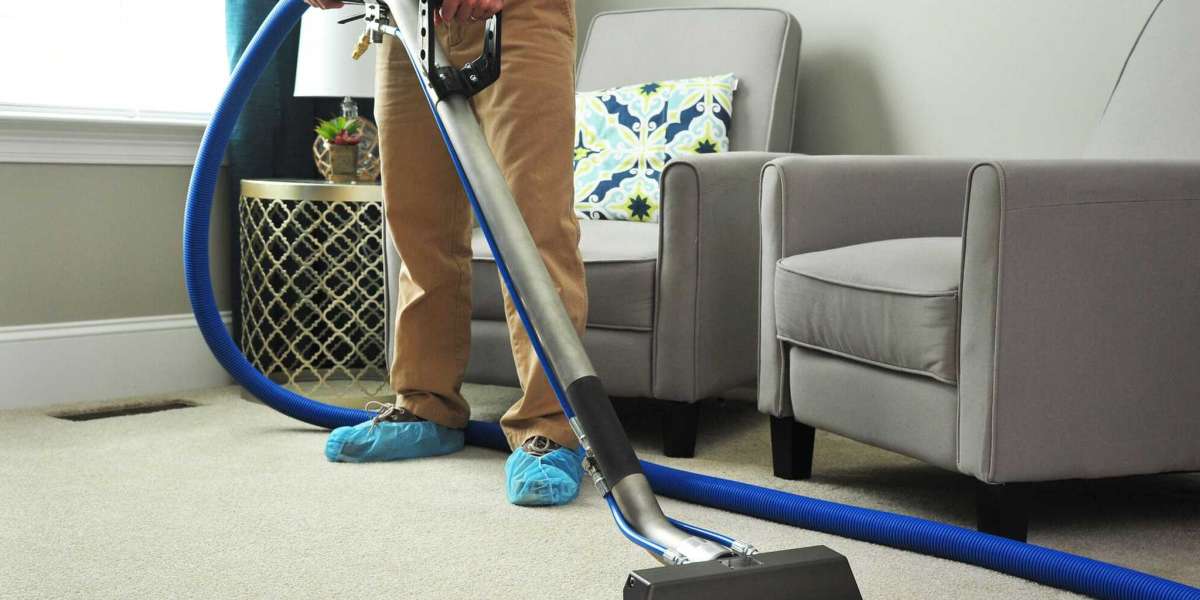The chin is key to achieving facial harmony, shaping the overall balance and proportion of your profile. A sculpted chin can enhance the definition of your jawline, harmonise your facial features, and give you a more youthful and confident appearance. Many people seeking facial enhancement face a common question: should they choose a chin implant vs filler? Both options aim to improve chin projection and contour, but they differ in approach, longevity, and invasiveness. Knowing the advantages of each option is essential for making a well-informed choice that suits both your aesthetic goals and your lifestyle.
Understanding Chin Augmentation Options
Chin augmentation can be achieved through either surgical implants or non-surgical fillers, each offering distinct benefits. Chin implants involve a surgical procedure where a biocompatible material, commonly silicone, is carefully placed over the jawbone to enhance the chin’s shape and projection. This treatment offers a lasting solution for individuals looking to achieve a more harmonious and well-defined facial profile. The surgery typically requires local or general anaesthesia, a small incision under the chin or inside the mouth, and precise placement of the implant to ensure natural-looking results. Recovery usually involves minor swelling and discomfort, with final results becoming fully visible over several weeks.
On the other hand, chin fillers offer a non-surgical alternative using injectable substances like hyaluronic acid to reshape and contour the chin. This quick, minimally invasive procedure involves a series of injections directly into the targeted areas to add volume or improve symmetry. You’ll see results right away, and recovery is quick, usually only involving minor swelling or bruising. While fillers provide flexibility and gradual enhancement, they are temporary and typically require repeat treatments every 12 to 18 months. Both options allow patients to achieve a more balanced facial profile, with the choice depending on desired permanence, recovery time, and overall goals.
Comparative Analysis: Chin Implant vs Filler
- Longevity:
- Chin implants provide a permanent solution, offering long-lasting results without the need for repeated procedures. In contrast, dermal fillers are temporary. Most fillers last between 12 and 24 months, requiring touch-ups to maintain the desired look.
- Procedure Details:
- Chin implants involve a surgical process, which includes anaesthesia, incisions, and a recovery period. While the results are dramatic, the procedure carries typical surgical risks such as swelling, bruising, or infection. Fillers, on the other hand, are non-surgical. They can be administered quickly in-office with minimal discomfort and almost no downtime, making them convenient for those seeking subtle improvements.
- Cost Considerations:
- Surgical implants have a higher initial cost but can be more cost-effective over time due to their permanence. Fillers are more affordable upfront but require ongoing treatments, which can add up financially over several years.
- Aesthetic Outcomes:
- Implants create a significant structural change, ideal for reshaping or enhancing a weak chin. Fillers provide subtle contouring and minor corrections, perfect for strengthening facial balance without surgery.
Recovery and Maintenance
Chin Implants:
- Recovery typically takes 1–2 weeks, accompanied by initial swelling and bruising.
- Post-operative care includes avoiding strenuous activity, following your surgeon’s instructions, and keeping the surgical area clean.
- Lifestyle adjustments may be needed, such as sleeping with the head elevated and temporarily limiting certain facial movements.
- Long-term, implants are permanent, so ongoing maintenance is minimal once fully healed.
Chin Fillers:
- Recovery is minimal, often just a few hours to a day, with mild swelling or redness possible.
- Side effects can include bruising, tenderness, or asymmetry, which generally resolve quickly.
- Fillers are temporary, requiring touch-ups every 6 to 18 months to maintain the results.
Making the Right Choice: Factors to Consider
When deciding between a chin implant and dermal fillers, several factors come into play. Your personal aesthetic goals are key—whether you want a subtle enhancement or a more defined, permanent change. Budget also matters, as fillers are less expensive initially but require regular touch-ups, whereas implants involve a higher upfront cost but last much longer. Consider your comfort with surgery and recovery time; implants require a surgical procedure, while fillers are non-invasive with minimal downtime. Finally, think about how long you want the results to last. Taking these factors into account will help you choose the option that most effectively achieves your desired look.
Conclusion
When deciding between a chin implant and dermal fillers, it’s important to consider your long-term goals, desired results, and recovery preferences. Chin implants provide a permanent, structural enhancement, ideal for those seeking significant or lasting changes, while fillers offer a non-surgical, temporary solution for subtle contouring and volume adjustments. Each option has unique benefits, risks, and maintenance requirements, making personalisation essential. Consulting with a qualified professional—At Shay Novi Aesthetics Wellness—is crucial. They can assess your facial structure, discuss realistic outcomes, and guide you toward the solution that aligns best with your aesthetic goals, ensuring a natural and harmonious result.








